Normal liver enzymes ranges. Understanding Liver Enzyme Tests: Normal Ranges, High and Low Results, Symptoms, and Causes
What are liver enzymes and why are they important. How are liver enzyme tests performed and interpreted. What are the normal ranges for common liver enzymes. What can cause high or low liver enzyme levels. What symptoms may accompany abnormal liver enzyme results. How are liver enzyme abnormalities diagnosed and treated.
The Importance of Liver Enzymes in Health Assessment
Liver enzymes play a crucial role in monitoring overall health and detecting potential liver problems. These proteins catalyze various biochemical reactions within liver cells and are essential for proper liver function. When liver cells are damaged or diseased, enzymes leak into the bloodstream, leading to elevated levels detectable through blood tests.
Understanding liver enzyme tests is vital for both healthcare professionals and patients. These tests provide valuable insights into liver health and can help identify various liver conditions, from mild inflammation to severe liver disease.

Key Liver Enzymes and Their Functions
- Alanine aminotransferase (ALT)
- Aspartate aminotransferase (AST)
- Alkaline phosphatase (ALP)
- Gamma-glutamyl transferase (GGT)
Each of these enzymes has specific functions within the liver and can indicate different types of liver damage when their levels are abnormal.
Normal Ranges for Liver Enzymes
Normal liver enzyme ranges can vary slightly depending on the laboratory and testing method used. However, generally accepted ranges for common liver enzymes are:
- ALT: 7-55 units per liter (U/L) for males, 7-45 U/L for females
- AST: 8-48 U/L for males, 8-43 U/L for females
- ALP: 40-129 U/L for adults
- GGT: 8-61 U/L for males, 5-36 U/L for females
It’s important to note that these ranges can vary based on factors such as age, gender, and individual laboratory standards. Healthcare providers interpret results in the context of a patient’s overall health and other clinical findings.
Factors Affecting Normal Ranges
Several factors can influence what is considered a “normal” range for liver enzymes:

- Age
- Gender
- Body mass index (BMI)
- Ethnicity
- Medications
- Alcohol consumption
Healthcare providers take these factors into account when interpreting liver enzyme test results.
High Liver Enzyme Levels: Causes and Implications
Elevated liver enzyme levels can indicate various liver problems or systemic conditions affecting the liver. Common causes of high liver enzymes include:
- Alcoholic liver disease
- Non-alcoholic fatty liver disease (NAFLD)
- Viral hepatitis (A, B, C)
- Autoimmune hepatitis
- Medications (e.g., acetaminophen, statins)
- Obesity
- Metabolic syndrome
The specific pattern of enzyme elevation can provide clues about the underlying cause. For example, a high AST/ALT ratio (typically greater than 2:1) may suggest alcoholic liver disease, while elevated ALP and GGT levels might indicate cholestatic liver disorders.
Implications of High Liver Enzymes
Persistently elevated liver enzymes warrant further investigation, as they may indicate ongoing liver damage or disease progression. Chronic elevation can lead to fibrosis, cirrhosis, and even liver failure if left untreated. Early detection and management of underlying causes are crucial for preventing long-term liver damage.

Low Liver Enzyme Levels: Causes and Significance
While high liver enzyme levels often receive more attention, low levels can also be significant. Causes of low liver enzymes include:
- Vitamin B6 deficiency
- Severe liver damage or end-stage liver disease
- Genetic variations
- Certain medications
Low ALT levels, in particular, have been associated with increased mortality risk in some studies. However, the clinical significance of low liver enzymes is not as well-established as that of elevated levels.
When to Be Concerned About Low Liver Enzymes
Generally, low liver enzyme levels are less concerning than high levels. However, if accompanied by other symptoms or abnormal liver function tests, they may warrant further investigation. Healthcare providers consider the overall clinical picture when interpreting low liver enzyme results.
Symptoms Associated with Abnormal Liver Enzyme Levels
Abnormal liver enzyme levels themselves do not typically cause symptoms. However, the underlying conditions causing enzyme abnormalities may produce various symptoms, including:

- Fatigue
- Jaundice (yellowing of skin and eyes)
- Abdominal pain or discomfort
- Nausea and vomiting
- Loss of appetite
- Dark urine
- Pale stools
- Itching
The presence and severity of symptoms can vary widely depending on the underlying cause and extent of liver damage.
Red Flags: When to Seek Immediate Medical Attention
Certain symptoms, when combined with abnormal liver enzyme levels, may indicate a more serious condition requiring prompt medical attention:
- Severe abdominal pain
- High fever
- Confusion or altered mental state
- Severe jaundice
- Bleeding tendencies
These symptoms could indicate acute liver failure or other life-threatening conditions.
Diagnostic Approaches for Abnormal Liver Enzyme Results
When liver enzyme tests reveal abnormal results, healthcare providers may employ various diagnostic approaches to determine the underlying cause:
- Detailed medical history and physical examination
- Additional blood tests (e.g., hepatitis panel, autoimmune markers)
- Imaging studies (ultrasound, CT scan, or MRI)
- Liver biopsy (in some cases)
The specific diagnostic approach depends on the pattern of enzyme abnormalities, associated symptoms, and risk factors.

Advanced Liver Function Tests
In addition to basic liver enzyme tests, healthcare providers may order more specialized tests to assess liver function and identify specific liver disorders:
- Prothrombin time (PT) and International Normalized Ratio (INR)
- Albumin levels
- Bilirubin (total and direct)
- Hepatitis virus serologies
- Alpha-fetoprotein (AFP)
These tests provide a more comprehensive picture of liver health and can help guide treatment decisions.
Treatment Strategies for Abnormal Liver Enzyme Levels
The treatment of abnormal liver enzyme levels focuses on addressing the underlying cause. Common treatment strategies include:
- Lifestyle modifications (e.g., alcohol cessation, weight loss)
- Medications to treat specific liver conditions
- Management of underlying metabolic disorders
- Antiviral therapy for viral hepatitis
- Immunosuppressive drugs for autoimmune hepatitis
In some cases, liver enzyme abnormalities may resolve on their own without specific treatment, especially if caused by temporary factors like mild infections or medication side effects.
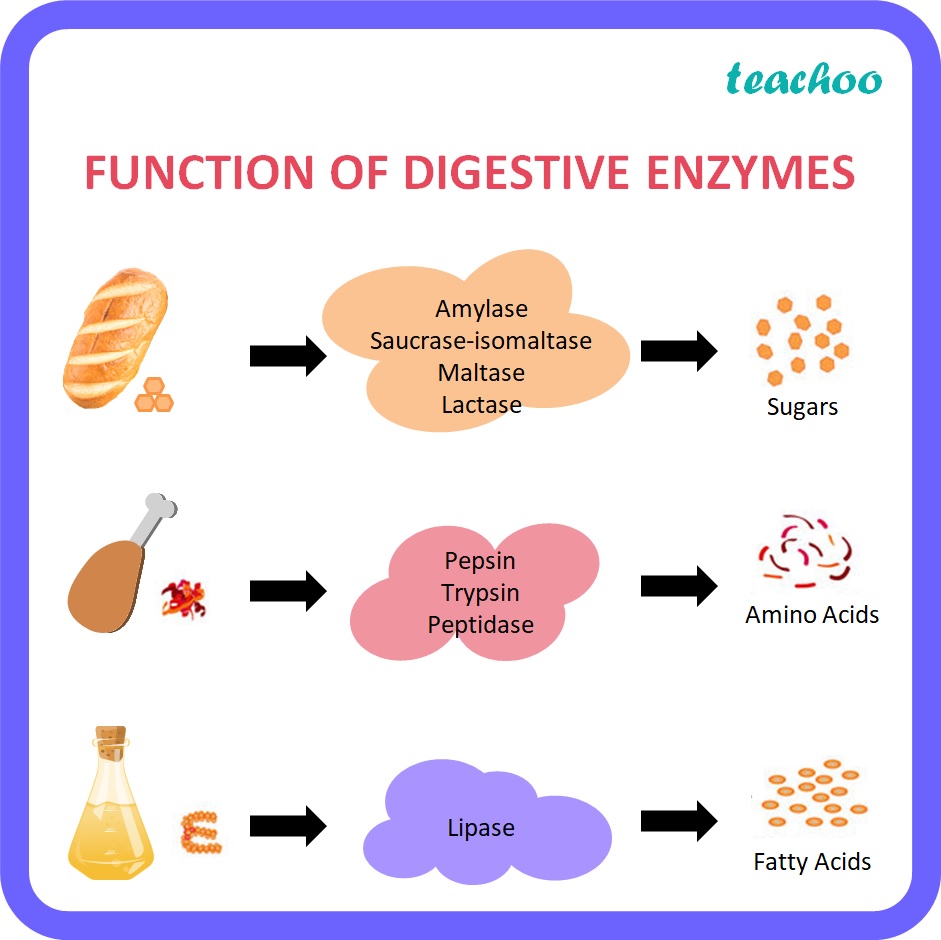
Monitoring and Follow-up
Regular monitoring of liver enzyme levels is essential for assessing treatment effectiveness and disease progression. The frequency of follow-up tests depends on the underlying condition and severity of enzyme abnormalities. Some patients may require long-term monitoring to ensure liver health and prevent complications.
Preventing Liver Enzyme Abnormalities: Lifestyle and Diet
While not all liver enzyme abnormalities are preventable, certain lifestyle choices and dietary habits can help maintain liver health and reduce the risk of enzyme elevations:
- Limit alcohol consumption
- Maintain a healthy weight
- Exercise regularly
- Eat a balanced diet rich in fruits, vegetables, and whole grains
- Avoid unnecessary medications and supplements
- Get vaccinated against hepatitis A and B
- Practice safe sex and avoid sharing needles
These preventive measures can significantly reduce the risk of liver damage and associated enzyme abnormalities.
Liver-Protective Foods and Supplements
Some foods and supplements may have liver-protective properties:
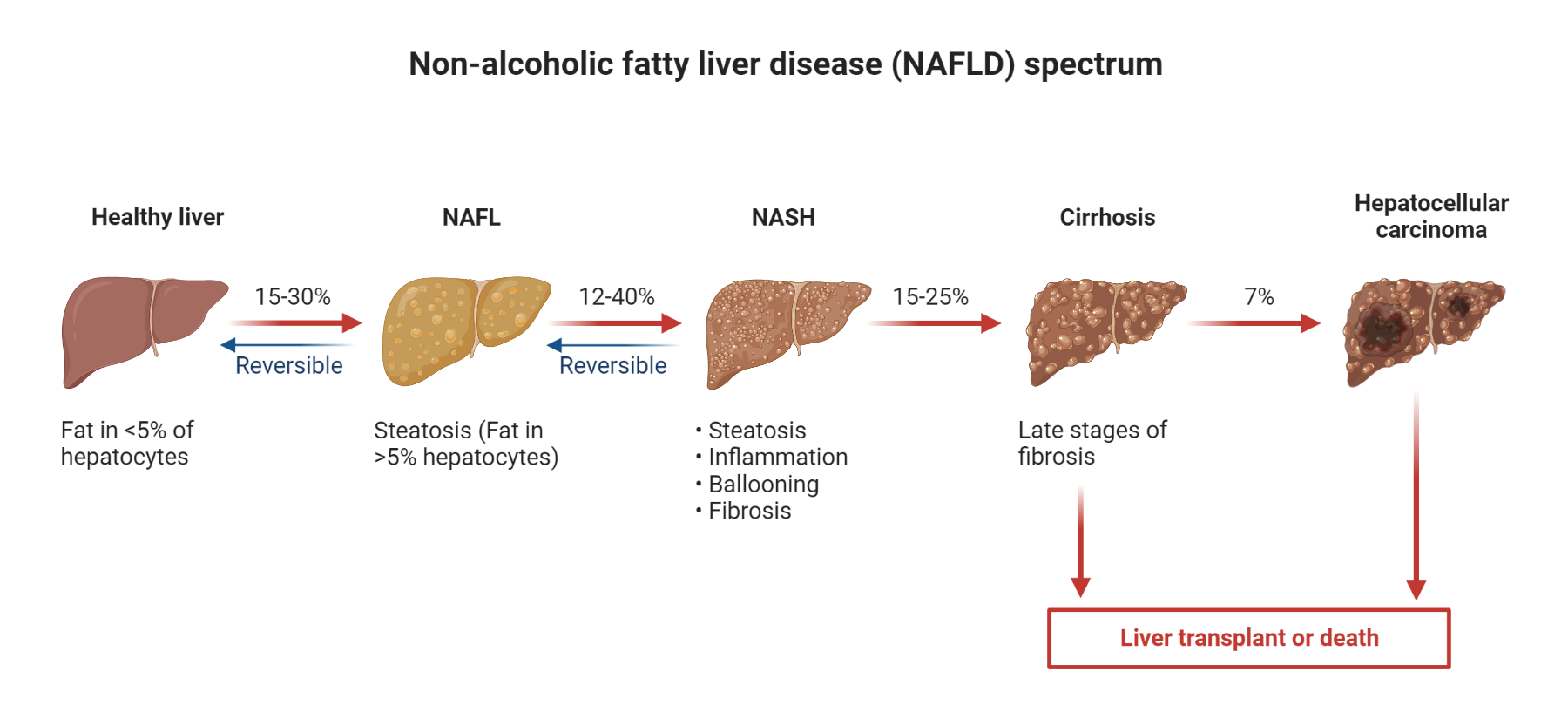
- Coffee (associated with lower ALT levels)
- Green tea
- Cruciferous vegetables (e.g., broccoli, cauliflower)
- Milk thistle (silymarin)
- Omega-3 fatty acids
While these may offer some benefits, it’s important to consult with a healthcare provider before starting any new supplement regimen, especially for individuals with existing liver conditions.
Special Considerations: Liver Enzymes in Pregnancy and Pediatrics
Liver enzyme interpretation requires special consideration in certain populations, such as pregnant women and children.
Liver Enzymes During Pregnancy
Pregnancy can affect liver enzyme levels and their interpretation. Some key points to consider:
- ALT and AST levels may decrease slightly during normal pregnancy
- ALP levels typically increase due to placental production
- Elevated liver enzymes may indicate pregnancy-specific liver disorders (e.g., HELLP syndrome, intrahepatic cholestasis of pregnancy)
Healthcare providers must differentiate between normal physiological changes and pathological conditions when interpreting liver enzyme results in pregnant women.

Pediatric Liver Enzyme Considerations
Liver enzyme interpretation in children differs from adults due to developmental changes and age-specific conditions:
- Reference ranges vary by age and should be interpreted accordingly
- Some conditions, such as biliary atresia, are specific to infants and young children
- Genetic and metabolic disorders may present with liver enzyme abnormalities in childhood
Pediatric liver enzyme abnormalities require careful evaluation and may necessitate consultation with pediatric hepatology specialists.
Emerging Research and Future Directions in Liver Enzyme Testing
The field of liver enzyme testing continues to evolve, with ongoing research aimed at improving diagnostic accuracy and predictive value. Some areas of current interest include:
- Non-invasive markers of liver fibrosis (e.g., FibroTest, FibroScan)
- Genetic factors influencing liver enzyme levels
- Novel biomarkers for specific liver diseases
- Artificial intelligence applications in liver enzyme interpretation
These advancements may lead to more personalized approaches to liver health assessment and management in the future.
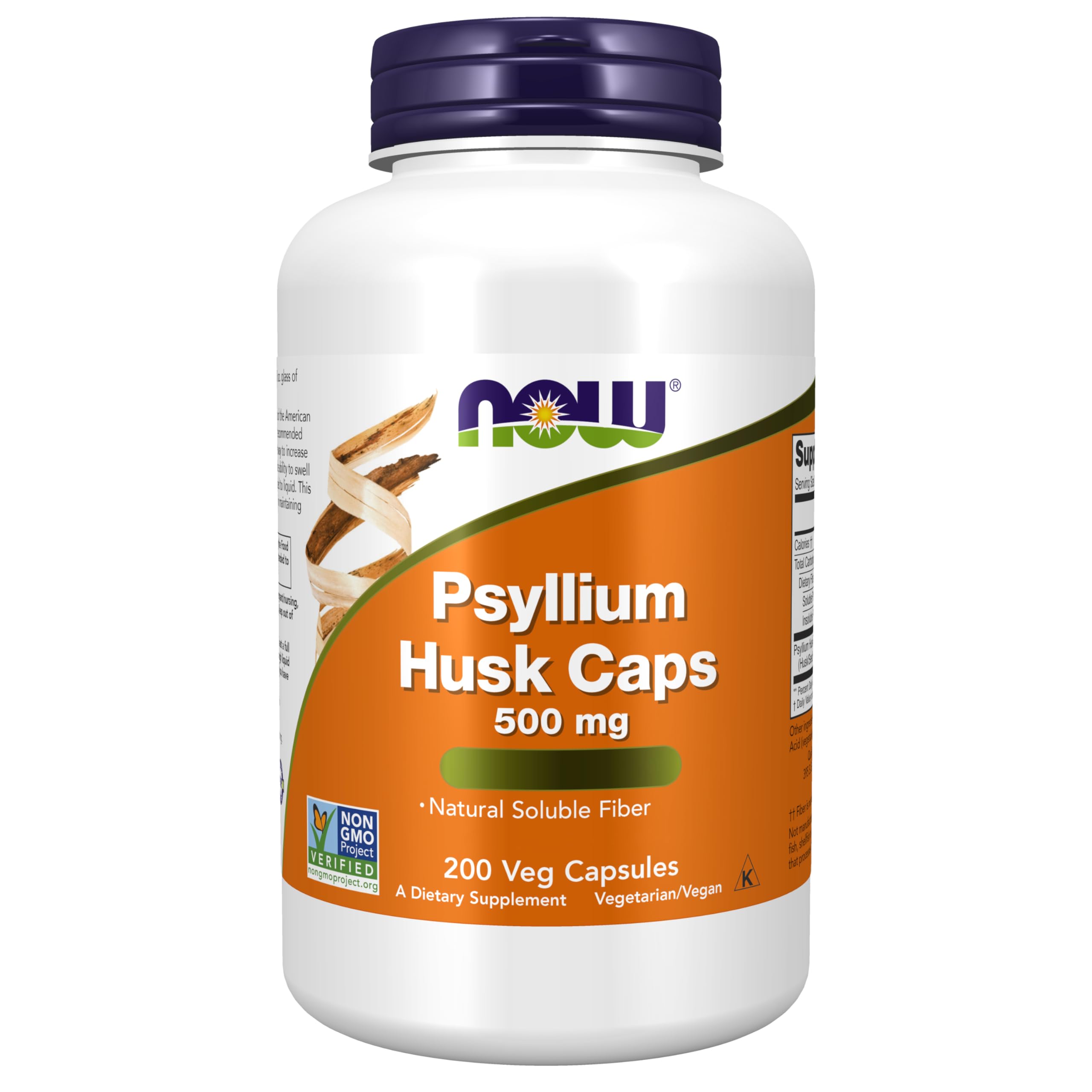
Potential for New Liver Enzyme Tests
Researchers are exploring new liver enzyme tests that may offer improved specificity and sensitivity:
- Cytokeratin-18 fragments for detecting non-alcoholic steatohepatitis (NASH)
- MicroRNA profiles for various liver diseases
- Metabolomic signatures of liver dysfunction
While these tests are still in the research phase, they hold promise for enhancing our ability to diagnose and monitor liver diseases.
In conclusion, understanding liver enzyme tests is crucial for both healthcare providers and patients. These tests offer valuable insights into liver health and can help detect various liver conditions early. By interpreting liver enzyme results in the context of individual patient factors and employing appropriate diagnostic and treatment strategies, healthcare providers can effectively manage liver health and prevent long-term complications. As research in this field continues to advance, we can expect even more precise and personalized approaches to liver enzyme testing and interpretation in the future.
A review on laboratory liver function tests
1. Mauro P, Renze B, Wouter W. In: Tietz text book of clinical chemistry and molecular diagnostics. 4th edition. Carl AB, Edward R, David EB, editors. Elsevier; 2006. Enzymes; pp. 604–616. [Google Scholar]
2. Diana Nicoll C. In: Current medical diagnosis and treatment. 46th edition. Stephen JM, Maxine AP, editors. Mc Graw hill; 2007. Appendix: Therapeutic drug monitoring and laboratory reference ranges; pp. 1767–1775. [Google Scholar]
3. Thapa BR, Anuj W. Liver Function Tests and their Interpretation. Indian J Pediatr. 2007;74:663–671. [PubMed] [Google Scholar]
4. Wong HY, Tan JYL, Lim CC. Abnormal liver function test in symptomatic pregnant patient: The local experience in Singapore. Annals academy of Medicine. 2004;33:204–208. [PubMed] [Google Scholar]
5. Beckingham IJ, Ryder SD. Clinical review ABC of diseases of liver, pancreas, and biliary system Investigation of liver and biliary disease. BMJ. 2001;322:33–36. [PMC free article] [PubMed] [Google Scholar]
[PMC free article] [PubMed] [Google Scholar]
6. Thomsen HF, Hardt F, Juhl E. Diagnosis of Gilbert’s syndrome. Scand J Gastroenterol. 1981;16:699–703. [PubMed] [Google Scholar]
7. Tiribelli C, Ostrow JD. New concepts in bilirubin and jaundice: report of the Third International Bilirubin Workshop, April 6–8, 1995, Trieste, Italy. Hepatology. 1996;24:1296–1311. [PubMed] [Google Scholar]
8. Alvarez F, Berg PA, Bianchi FB. et al. International Autoimmune Hepatitis Group Report: review of criteria for diagnosis of autoimmune hepatitis. J Hepatol. 1999;31:929–38. [PubMed] [Google Scholar]
9. Daniel SP, Marshal MP. In: Schiff’s diseases of the liver. 10th edition. Eugene RS, Michel FS, Willis CM, editors. Vol. 1. Lippincott Williams and Wilkins; 2007. Laboratory test; pp. 19–54. [Google Scholar]
10. Khan S. Evaluation of hyperbilirubinemia in acute inflammation of appendix: A prospective study of 45 cases. Kathmandu Univ Med J. 2006;4:281–289. [PubMed] [Google Scholar]
11. Bacq Y, Zarka O, Brechot JF. et al. Liver function tests in normal pregnancy a prospective study of 103 pregnant women and 103 matched controls. Hepatology. 1996;23:1030–1034. [PubMed] [Google Scholar]
Bacq Y, Zarka O, Brechot JF. et al. Liver function tests in normal pregnancy a prospective study of 103 pregnant women and 103 matched controls. Hepatology. 1996;23:1030–1034. [PubMed] [Google Scholar]
12. Perlstein TS, Pande RL, Creager MA. et al. Serum total bilirubin level prevalent stroke and stroke outcomes. NHANES 1999–2004. Am J Med. 2008;121:781–788. [PMC free article] [PubMed] [Google Scholar]
13. Kallei L, Hahn A, Roder VZ. Correlation between histological findings and serum transaminase values in chronic diseases of the liver. Acta Medica Scandinavika. 1964;175:49–56. [PubMed] [Google Scholar]
14. Marcellin P. Hepatitis C: the clinical spectrum of the disease. J Hepatol. 1999;31:9–16. [PubMed] [Google Scholar]
15. Sheth SG, Gordon FD, Chopra S. Nonalcoholic steatohepatitis. Ann Intern Med. 1997;126:137–145. [PubMed] [Google Scholar]
16. James D, Tania SB, Sara ET. et al. Alanine Aminotransferase Levels and Fatty Liver in Childhood Obesity: Associations with Insulin Resistance, Adiponectin, and Visceral Fat.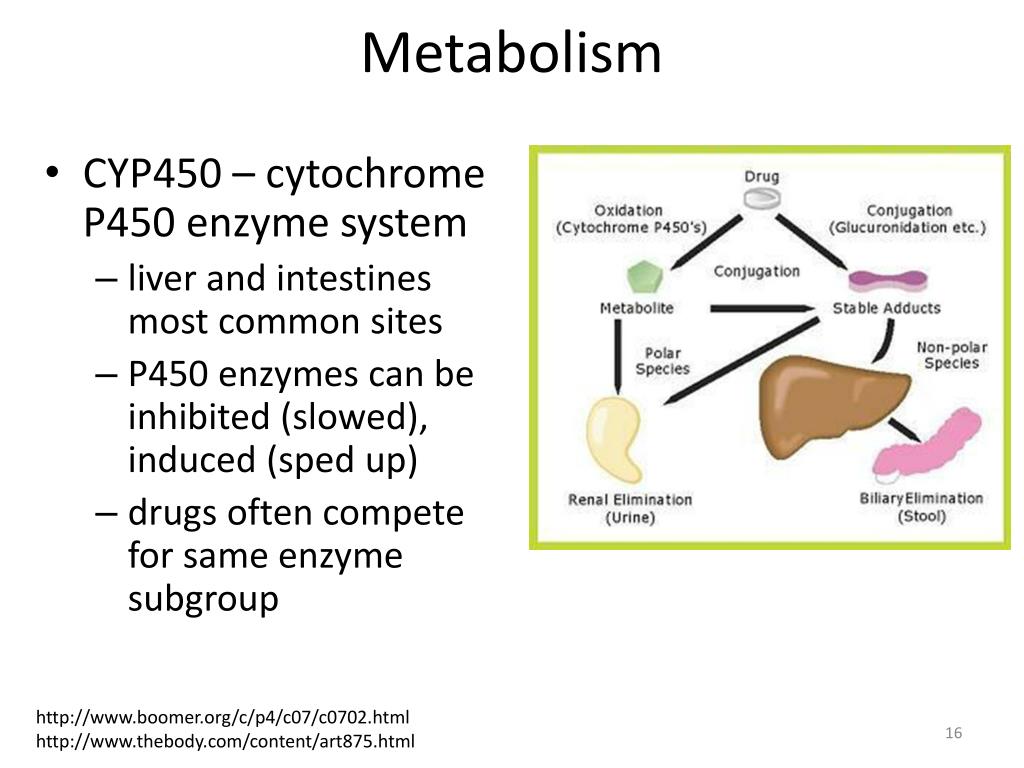 J Clin Endocrinol Metab. 2006;91:4287–4294. [PubMed] [Google Scholar]
J Clin Endocrinol Metab. 2006;91:4287–4294. [PubMed] [Google Scholar]
17. Tzong-Hsi L, Yung-Hsuan S, Wei-Shiung Y. et al. Bright Liver and Alanine Aminotransferase Are Associated with Metabolic Syndrome in Adults. Obesity Research. 2005;13:1238–1245. [PubMed] [Google Scholar]
18. Everhart JE, Ruhl CE. Coffee and caffeine consumption reduce the risk of elevated serum alanine aminotransferase activity in the United States. Gastroenterology. 2005;128:24–32. [PubMed] [Google Scholar]
19. Panteghini M, Falsetti F, Chiari E. et al. Determinaton of Aspartate aminotransferase isoenzymes in hepatic disease. Lab J Res Lab Med. 1983;10:515–519. [Google Scholar]
20. AGA Technical Review on the Evaluation of Liver Chemistry Tests. Gastroenterology. 2002;123:1367–1384. [PubMed] [Google Scholar]
21. Cohen JA, Kaplan MM. The SGOT/SGPT ratio – an indicator of alcoholic liver disease. Dig Dis Sci. 1979;24:835–838. [PubMed] [Google Scholar]
22. Diehl AM, Potter J, Boitnott J. et al. Relationship between pyridoxal 5′-phosphate deficiency and aminotransferase levels in alcoholic hepatitis. Gastroenterology. 1984;86:632–636. [PubMed] [Google Scholar]
et al. Relationship between pyridoxal 5′-phosphate deficiency and aminotransferase levels in alcoholic hepatitis. Gastroenterology. 1984;86:632–636. [PubMed] [Google Scholar]
23. Edoardo Giannini, Domenico Risso, Federica Botta. et al. Validity and Clinical Utility of the Aspartate Aminotransferase–Alanine Aminotransferase Ratio in Assessing Disease Severity and Prognosis in Patients with Hepatitis C Virus–Related Chronic Liver Disease. Arch Intern Med. 2003;163:218–224. [PubMed] [Google Scholar]
24. Sayal SK, Gupta CM, Das AL. et al. A comparative study of liver function tests in patients of chronic liver disorders with and without cutaneous manifestations. Ind J Dermatol Venereol Leprol. 1997;63:15–19. [PubMed] [Google Scholar]
25. Giannini E, Botta F, Testa E. et al. The 1-year and 3-month prognostic utility of the AST/ALT ratio and model for end-stage liver disease score in patients with viral liver cirrhosis. Am J Gastroenterol. 2002;97:2855–2860. [PubMed] [Google Scholar]
26. Giannini E, Botta F, Fasoli A. et al. Progressive liver functional impairment is associated with an increase in AST/ALT ratio. Dig Dis Sci. 1999;44:1249–1253. [PubMed] [Google Scholar]
Giannini E, Botta F, Fasoli A. et al. Progressive liver functional impairment is associated with an increase in AST/ALT ratio. Dig Dis Sci. 1999;44:1249–1253. [PubMed] [Google Scholar]
27. Sorbi D, Boynton J, Lindor KD. The ratio of aspartate aminotransferase to alanine aminotransferase: potential value in differentiating nonalcoholic steatohepatitis from alcoholic liver disease. Am J Gastroenterol. 1999;94:1018–1022. [PubMed] [Google Scholar]
28. Christoph E, Olivia S, Wolfgang S. Diagnostic criteria for acute liver failure due to Wilson disease. World J Gastroenterol. 2007;13:1711–1714. [PMC free article] [PubMed] [Google Scholar]
29. Bayraktar M, Van T. Abnormalities in measures of liver function and injury in thyroid disorders. Hepatogastroenterology. 1997;44:1614–1618. [PubMed] [Google Scholar]
30. Rosalki SB, Mcintyre N. 2nd ed. New York: Oxford university press; 1999. Biochemical investigations in the management of liver disease; pp. 503–521. Oxford textbook of clinical hepatology.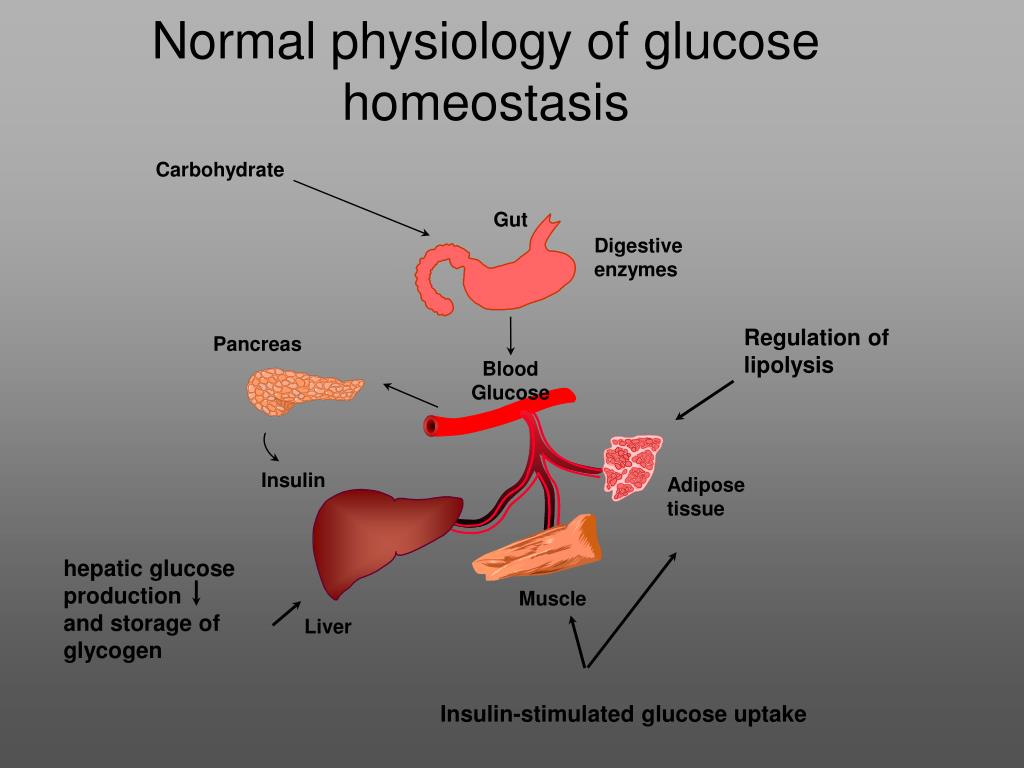 [Google Scholar]
[Google Scholar]
31. Simko V. Alkaline phosphatases in biology and medicine. Dig Dis. 1991;9:189–193. [PubMed] [Google Scholar]
32. Ilham MA, Cookson A, Dheerendra S. et al. Idiopathic severe elevation of serum alkaline phosphatase following adult renal transplantation: case reports. Transplant Proc. 2008;40:2059–2061. [PubMed] [Google Scholar]
33. Cheung BM, Ong KL, Wong LY. Elevated serum alkaline phosphatase and peripheral arterial disease in the United States National Health and Nutrition Examination Survey 1999–2004. Int J Cardiol. 2009;135:156–161. [PubMed] [Google Scholar]
34. Giannini E, Botta F, Fasoli A. et al. Increased levels of gamma GGT suggest the presence of bile duct lesions in patients with chronic hepatitis C: absence of influence of HCV genotype, HCV-RNA serum levels, and HGV infection on this histological damage. Dig Dis Sci. 2001;46:524–529. [PubMed] [Google Scholar]
35. Wu A, Slavin G, Levi AJ. Elevated serum gamma-glutamyl-transferase (transpeptidase) and histological liver damage in alcoholism. Am J Gastroenterology. 1976;65:318–323. [PubMed] [Google Scholar]
Am J Gastroenterology. 1976;65:318–323. [PubMed] [Google Scholar]
36. Sugiura M, Nakamura M, Ikoma Y. et al. High serum carotenoids are inversely associated with serum gamma-glutamyl transferase in alcohol drinkers within normal liver function. Journal of epidemiology. 2005;15:180–186. [PMC free article] [PubMed] [Google Scholar]
37. McCullough AJ. Update on nonalcoholic fatty liver disease. J Clin Gastroenterol. 2002;34:255–262. [PubMed] [Google Scholar]
38. Martin JV, Hague RV, Martin PJ. et al. The association between serum triglycerides and gamma glutamyl transpeptidase activity in diabetes mellitus. Clin Biochem. 1976;9:208–211. [PubMed] [Google Scholar]
39. Smith K, Varon HH, Race GJ. et al. Serum 5′-nucleotidase in patients with tumour in the liver. Cancer. 1966;17:1281–1285. [PubMed] [Google Scholar]
40. Pratibha K, Usha A, Rajni A. Serum adenosine deaminase, 5′ nucleotidase and malondialdehyde in acute infective hepatitis. Ind J Clin Biochem. 2004;19:128–131.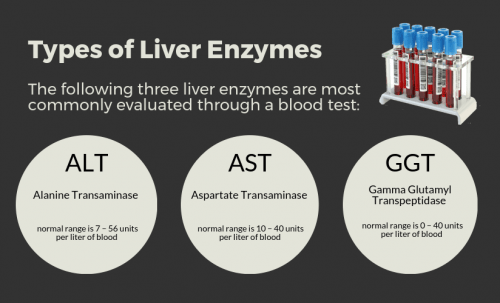 [PMC free article] [PubMed] [Google Scholar]
[PMC free article] [PubMed] [Google Scholar]
41. Miya F, Shigeru A, Fumitada H. et al. 5′-nucleotidase activities in sera and liver tissues of viral hepatitis patients. Journal of Gastroenterology. 1990;25:199–205. [PubMed] [Google Scholar]
42. LaRusso NF, Summerskill WH, McCall JT. et al. Abnormalities of chemical tests for copper metabolism in chronic active liver disease: differentiation from Wilson’s disease. Gastroenterology. 1976;70:653–655. [PubMed] [Google Scholar]
43. Zhifang Xie, Hai Zhang, Wenwei Tsai. Zinc finger protein ZBTB20 is a key repressor of alpha-fetoprotein gene transcription in liver. PNAS. 2008;105:10859–10864. [PMC free article] [PubMed] [Google Scholar]
44. Stewart Sell. Alpha-Fetoprotein, Stem Cells and Cancer How Study of the Production of Alpha-Fetoprotein during Chemical Hepatocarcinogenesis Led to Reaffirmation of the Stem Cell Theory of Cancer. Tumor Biol. 2008;29:161–180. [PMC free article] [PubMed] [Google Scholar]
45. Grizzi F, Franceschini B, Hamrick C.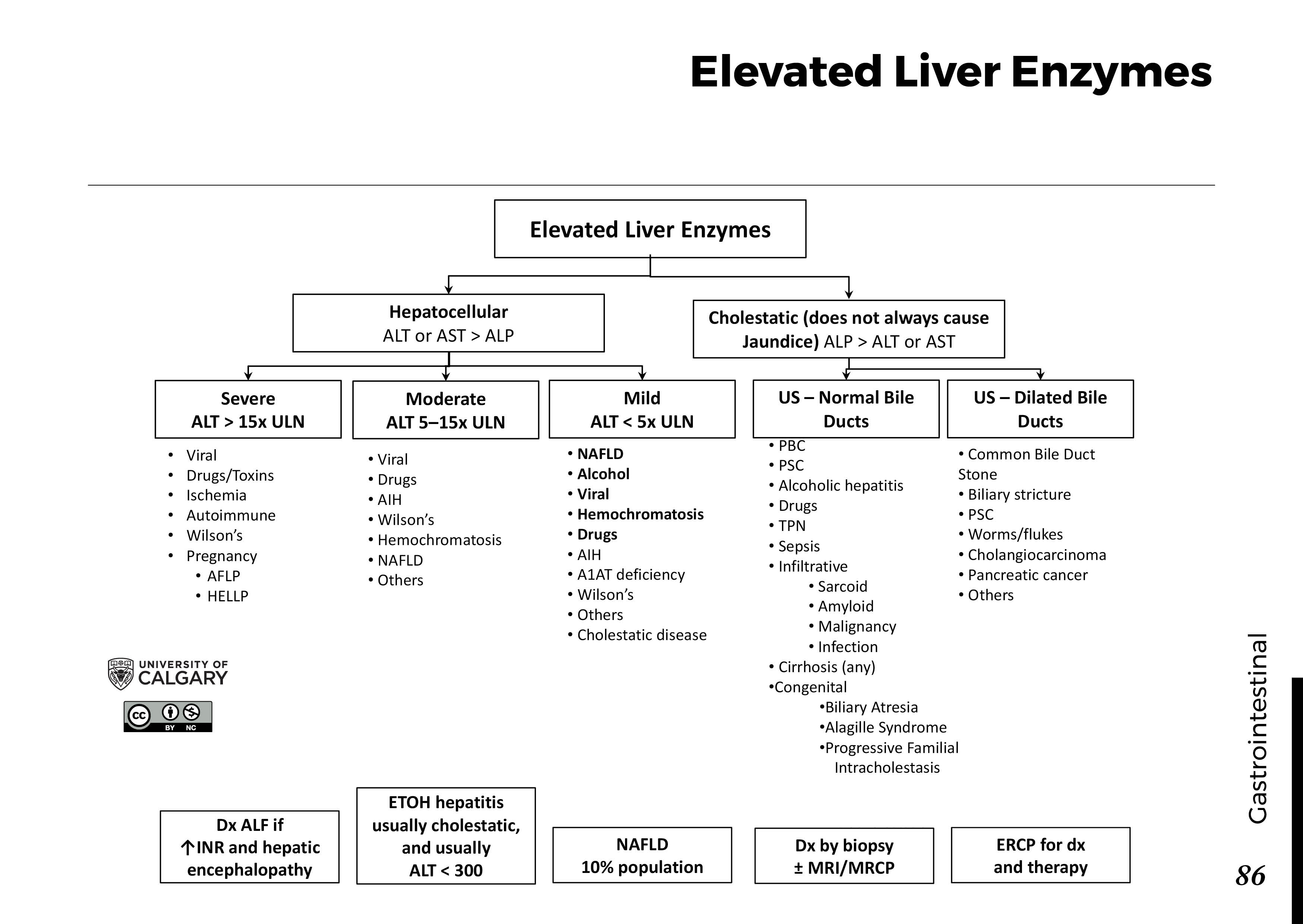 et al. Usefulness of cancer-testis antigens as biomarkers for the diagnosis and treatment of hepatocellular carcinoma. J Transl Med. 2007;5:3. [PMC free article] [PubMed] [Google Scholar]
et al. Usefulness of cancer-testis antigens as biomarkers for the diagnosis and treatment of hepatocellular carcinoma. J Transl Med. 2007;5:3. [PMC free article] [PubMed] [Google Scholar]
46. Males S, Gad RR, Esmat G. et al. Serum alpha-foetoprotein level predicts treatment outcome in chronic hepatitis C. Antivir Ther. 2007;12:797–803. [PubMed] [Google Scholar]
47. Zhou L, Liu J, Luo F. Serum tumor markers for detection of hepatocellular carcinoma. World J Gastroenterol. 2006;12:1175–1181. [PMC free article] [PubMed] [Google Scholar]
48. Hagiwara S, Kudo M, Kawasaki T, Nagashima M. et al. Prognostic factors for portal venous invasion in patients with hepatocellular carcinoma. J Gastroenterol. 2006;41:1214–1219. [PubMed] [Google Scholar]
49. Asmaa IG, Shahid AK, Edward LS. Diagnosis of hepatocellular carcinoma. World J Gastroenterol. 2009;15:1301–1314. [PMC free article] [PubMed] [Google Scholar]
50. Gordon CS, Angela M. Second-Trimester Maternal Serum Levels of Alpha-Fetoprotein and the Subsequent Risk of Sudden Infant Death Syndrome. N Engl J Med. 2004;351:978–986. [PubMed] [Google Scholar]
N Engl J Med. 2004;351:978–986. [PubMed] [Google Scholar]
Alkaline Phosphatase (ALP) Test – Testing.com
Test Quick Guide
Alkaline phosphatase (ALP) is an enzyme present in many parts of the body, but it is primarily found in the liver, bones, intestine, and kidneys.
ALP testing measures the amount of this enzyme in the blood. Abnormal levels of ALP can be caused by liver or bone conditions and other types of health problems.
ALP can be tested alone, but because many conditions can affect ALP levels, it is common to test it alongside other enzymes, such as in a liver panel test, to obtain more information about the most likely cause of abnormal results. An ALP isoenzyme test can identify the part of the body where ALP in the blood originated, but this testing is complex and not widely available.
About the Test
Purpose of the test
The purpose of testing ALP is to determine if you have normal levels of this enzyme. An ALP blood test can be used for screening, diagnosis, and monitoring of liver or bone diseases and other health conditions.
Screening is checking for health problems before any symptoms have occurred. This rarely measures ALP alone, but it is a standard part of multi-measurement tests such as a liver panel and comprehensive metabolic panel (CMP). These tests may be prescribed as part of a routine checkup to screen for a range of potential health problems.
Diagnosis is the process of finding the cause after symptoms have developed. ALP is most often tested for diagnosis when there are signs of possible liver problems, such as nausea and vomiting, jaundice, fatigue, abdominal pain, or unexplained weight loss.
It is also often prescribed if you have symptoms of a possible bone disorder, such as bone pain, susceptibility to bone fractures, or abnormal bone shape. ALP measurement as part of a liver panel or CMP may help identify the cause of general symptoms.
While ALP levels alone are insufficient to diagnose an underlying condition, they can be an important part of the diagnostic process. The degree of ALP elevation may reflect the type or severity of a condition. An ALP isoenzyme test to measure specific kinds of ALP can help determine the part of the body affected and assist in diagnosing the problem.
The degree of ALP elevation may reflect the type or severity of a condition. An ALP isoenzyme test to measure specific kinds of ALP can help determine the part of the body affected and assist in diagnosing the problem.
Monitoring is tracking the course of a health condition or your response to treatment. An ALP test, often as part of a panel, may be used to see if liver disease or other conditions are improving, worsening, or staying the same.
What does the test measure?
This test measures ALP, which is a type of enzyme. The typical measurement for this test is international units per liter (IU/L), a standardized measurement utilized by most laboratories based on the biological activity of ALP.
ALP’s exact function in the body is not fully understood, but researchers believe it to be important to multiple processes. The enzyme can be found in the liver, bones, placenta of pregnant women, intestine, kidneys, and other body parts. Abnormal levels in the blood can reflect damage to tissue or disruption of normal processes in the body.
Another type of ALP testing is an ALP isoenzyme or ALP fractionation test. In this test, specific subtypes of ALP are measured. These subtypes indicate where in the body the ALP was produced. While this testing can be beneficial, it is technically challenging and much less common than general ALP testing.
When should I get this test?
When ALP is tested, it is most often part of a panel test that includes other measurements that can reflect liver and kidney health. For example, the liver panel and CMP may measure ALP as part of a routine checkup or if you have symptoms that could be caused by liver or kidney conditions.
Testing for ALP alone may be conducted when you have symptoms of a problem affecting your liver or bones. It may also help monitor your response to treatment for liver or bone diseases.
ALP isoenzyme tests are most common as a follow-up after finding abnormal levels of ALP on a prior test.
Because testing for ALP can be used in many different medical contexts, a physician can best determine when it should be prescribed.
Finding an Alkaline Phosphatase Test
How can I get an alkaline phosphatase test
ALP tests are normally prescribed by a doctor. They may recommend a blood test for ALP alone, but in most cases, ALP will be included among several measurements on a panel test. Testing requires a blood draw typically done in a medical office, hospital, or laboratory.
Can I take the test at home?
At-home ALP testing is not widespread, but some at-home options are available to measure it as part of a liver panel. In these tests, you take a blood sample with a fingerstick and then send it to a laboratory to analyze it.
ALP isoenzyme tests are generally not available with at-home test kits.
How much does the test cost?
The price for ALP testing can vary based on where you live, where your blood sample is taken, whether ALP is tested alone or with other measurements, and whether you have health insurance. Costs for ALP isoenzyme testing may be different from costs for standard ALP tests.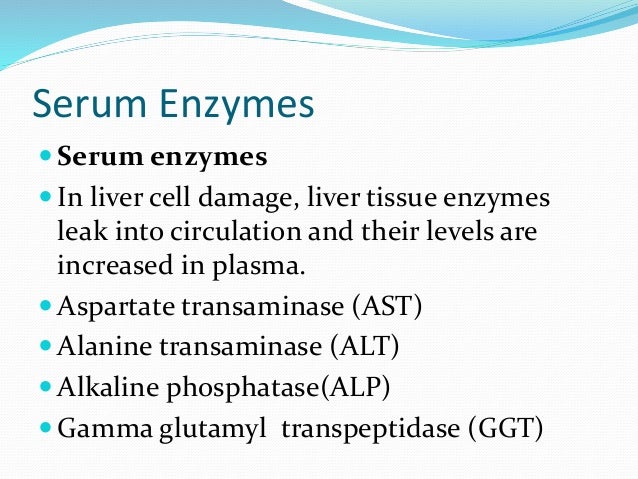
Technician fees for the blood draw, laboratory fees, and charges for office visits can all be included in the cost of an ALP test. Health insurance often covers most or all of these costs when your doctor prescribes the test, but you may need to pay a deductible or copay.
At-home tests are not covered by insurance and may be available for less than $150.
For details about your out-of-pocket costs for ALP tests, check directly with your doctor’s office and your health insurance provider.
Taking an Alkaline Phosphatase Test
ALP tests, including ALP isoenzyme tests, are usually done with a blood sample taken from a vein in your arm. The blood sample can be taken in a health clinic, medical office, laboratory, or a similar setting.
You can obtain a sample with a fingerstick for an at-home test and then send that by mail to a medical lab.
Before the test
Test preparations can depend on the specifics of the test being performed and the requirements of the laboratory that will analyze your sample:
- ALP tests alone don’t always require fasting, but some laboratories may request that you not eat any food or drink anything other than water for six to 12 hours before the test.

- When ALP is tested as part of a panel, it is common for fasting to be required.
- ALP isoenzyme tests also usually require fasting.
You may also be asked about any medications or supplements you take, and your doctor will advise you if you need to adjust the timing or dosage of these before the test.
For at-home tests, carefully consult any instructions provided by the test kit to find out if any special preparations are required.
During the test
For standard ALP tests, a sample of blood will be drawn from your arm. An elastic band will be placed around your upper arm to increase blood flow through your veins. A technician will use an antiseptic wipe on the underside of your arm near the elbow and will insert a needle into the vein to withdraw a small vial of blood.
The blood draw is usually complete within a couple of minutes. There may be a brief sting when the needle is inserted and removed.
Materials and instructions will be included in the kit for an at-home test..jpg) You will need to clean your fingertip with an antiseptic and then prick it with a small needle to obtain a drop of blood applied to the provided test paper. That test paper must be prepared to be sent by mail to the lab. Follow any instructions to ensure proper at-home sample collection.
You will need to clean your fingertip with an antiseptic and then prick it with a small needle to obtain a drop of blood applied to the provided test paper. That test paper must be prepared to be sent by mail to the lab. Follow any instructions to ensure proper at-home sample collection.
After the test
After your blood draw is finished, a cotton swab or bandage will apply pressure and stop any continued bleeding. Serious effects are uncommon, but there may be tenderness in your arm. Some bruising around the puncture site is also possible.
You can return to driving and most normal activities once the test is complete. If you were required to fast, you may want to bring something to eat after the test.
You usually will not have lasting pain or bleeding for an at-home test, but a bandage can be applied if your fingertip keeps bleeding.
Alkaline Phosphatase Test Results
Receiving test results
ALP test results are normally available within a few business days after the lab receives your sample. Your test report may be sent in the mail or electronically, and your doctor’s office may also contact you to share your test results.
Your test report may be sent in the mail or electronically, and your doctor’s office may also contact you to share your test results.
Receiving results may take a few extra days for at-home tests because your test sample has to be sent by mail to the laboratory. The test report is normally accessible online or with a smartphone app, although you may also be contacted by a health professional that works for the at-home testing company.
Interpreting test results
Your test report will show your measured ALP level, usually reported in international units per liter (IU/L). The report may also list a reference range, which can vary from laboratory to laboratory. One common reference range is from 44 to 147 IU/L, but some professional organizations recommend a range of 30-120 IU/L. For this reason, it’s important to check your test report for the lab’s reference range that analyzed your sample.
Elevated ALP can be indicative of liver or bone diseases as well as many other types of conditions. But high ALP levels are not always a sign of a problem. Interpretation of your test results can involve consideration of multiple factors:
But high ALP levels are not always a sign of a problem. Interpretation of your test results can involve consideration of multiple factors:
- The degree of elevation: Very high levels are often seen with blockages of the bile ducts, but these levels alone cannot distinguish between liver problems and other conditions.
- Other test measurements: ALP is often measured along with other enzymes, such as aspartate aminotransferase (AST), alanine aminotransferase (ALT), gamma-glutamyl transpeptidase (GGT), and/or 5′-nucleotidase (5’-NT), and the levels of ALP relative to these enzymes can help determine the significance of your test result.
- Your overall health: Any symptoms you are experiencing will be considered alongside your ALP levels.
Your doctor can account for the fact that ALP levels can be elevated without any underlying illness. For example, ALP is usually higher in pregnant women, growing children and adolescents, and older adults. ALP produced in the intestine can also increase after fatty meals for people with certain blood types.
Abnormally low ALP levels are less common but can occur due to malnutrition, nutrient deficiencies, hypothyroidism, and some rare inherited disorders that affect ALP or liver function. Persistently low levels of ALP could indicate hypophosphatasia (HPP), a rare genetic disorder of bone metabolism.
If you have ALP isoenzyme testing, your test report will show levels for different types of ALP. Elevations of specific sources of ALP can identify the location of tissue damage or another disease in the body.
Regardless of the type of ALP test that you take, it is important to discuss your test results with your doctor, who can best explain what they mean for your health and whether any other testing would be beneficial.
As you discuss your test report with your doctor, these questions may help you better understand your situation and the most appropriate next steps in your care:
- What did the test show about my ALP levels?
- Were any other measurements taken in addition to ALP? What can you learn from those measurements?
- Do you recommend any other tests? What are the pros and cons of different follow-up tests?
- Liver Panel
- Comprehensive Metabolic Panel (CMP)
- Gamma-Glutamyl Transferase (GGT)
Resources
- CDC: The Liver
Learn More - National Library of Medicine: Liver Diseases
Learn More - National Institute of Diabetes and Digestive and Kidney Diseases: Liver Disease
Learn More - National Library of Medicine: Bone Diseases
Learn More
Sources
A. D.A.M. Medical Encyclopedia. ALP Isoenzyme Test. Updated May 1, 2021. Accessed November 24, 2022. https://medlineplus.gov/ency/article/003497.htm
D.A.M. Medical Encyclopedia. ALP Isoenzyme Test. Updated May 1, 2021. Accessed November 24, 2022. https://medlineplus.gov/ency/article/003497.htm
A.D.A.M. Medical Encyclopedia. ALP – Blood Test. Updated May 1, 2021. Accessed November 24, 2022. https://medlineplus.gov/ency/article/003470.htm
American Board of Internal Medicine. ABIM Laboratory Test Reference Ranges. Updated January 2022. Accessed November 24, 2022. https://www.abim.org/Media/bfijryql/laboratory-reference-ranges.pdf
ARUP Consult. Evaluation of Liver Function. Updated October 2022. Accessed November 24, 2022. https://arupconsult.com/content/liver-disease-evaluation
Friedman LS. Approach to the Patient With Abnormal Liver Biochemical and Function Tests. In: Chopra S, ed. UpToDate. Updated April 5, 2022. Accessed November 24, 2022. https://www.uptodate.com/contents/approach-to-the-patient-with-abnormal-liver-biochemical-and-function-tests
Friedman LS. Enzymatic Measures of Cholestasis (e.g., Alkaline Phosphatase, 5′-Nucleotidase, Gamma-Glutamyl Transpeptidase). In: Chopra S, ed. UpToDate. Updated July 28, 2022. Accessed November 24, 2022. https://www.uptodate.com/contents/enzymatic-measures-of-cholestasis-eg-alkaline-phosphatase-5-nucleotidase-gamma-glutamyl-transpeptidase
In: Chopra S, ed. UpToDate. Updated July 28, 2022. Accessed November 24, 2022. https://www.uptodate.com/contents/enzymatic-measures-of-cholestasis-eg-alkaline-phosphatase-5-nucleotidase-gamma-glutamyl-transpeptidase
Kwo PY, Cohen SM, Lim JK. ACG Clinical Guideline: Evaluation of Abnormal Liver Chemistries. Am J Gastroenterol. 2017;112(1):18-35. doi:10.1038/ajg.2016.517
Lindenmeyer CC. Laboratory Tests of the Liver and Gallbladder. Merck Manual Professional Edition. Updated September 2022. Accessed November 24, 2022. https://www.msdmanuals.com/professional/hepatic-and-biliary-disorders/testing-for-hepatic-and-biliary-disorders/laboratory-tests-of-the-liver-and-gallbladder
Lowe D, Sanvictores T, John S. Alkaline Phosphatase. In: StatPearls. Updated August 8, 2022. Accessed November 24, 2022. https://www.ncbi.nlm.nih.gov/books/NBK459201/.
MedlinePlus: National Library of Medicine. Alkaline Phosphatase. Updated August 3, 2022. Accessed November 24, 2022. https://medlineplus. gov/lab-tests/alkaline-phosphatase/
gov/lab-tests/alkaline-phosphatase/
MedlinePlus: National Library of Medicine. Comprehensive Metabolic Panel (CMP). Updated September 9, 2021. Accessed November 24, 2022. https://medlineplus.gov/lab-tests/comprehensive-metabolic-panel-cmp/
MedlinePlus: National Library of Medicine. Liver Function Tests. Updated September 9, 2021. Accessed November 24, 2022. https://medlineplus.gov/lab-tests/liver-function-tests/
See More
See Less
Take Control of Your Health
This website uses cookies to ensure you get the best experience on our website.
I Accept
What is the normal range of liver enzymes?
Normal liver enzyme levels for adult males are 7 to 55 units per liter of alanine aminotransferase, or ALT, and 8 to 48 units per liter of aspartate aminotransferase, or AST, notes the Mayo Clinic. The normal level of alkaline phosphatase, or ALP, is between 45 and 115 units per litre.
Normal ranges for ALT, AST and ALP vary slightly for women and children, and values for men vary with diet and medications.
Liver function tests are usually done along with kidney function tests and electrolyte measurements, says eMedicineHealth. Measurements are taken to determine an individual’s risk of developing liver disease or to check the progression of current liver disease, the Mayo Clinic notes.
Similar posts
What is a normal liver count?
What is a healthy thyroid level?
What is a normal LDH level?
What is considered a high LDH level in the blood and what can cause it?
Other interesting posts
What is Leaky Gut Syndrome?
Is it safe to suddenly stop Synthroid?
What is the incubation period for C.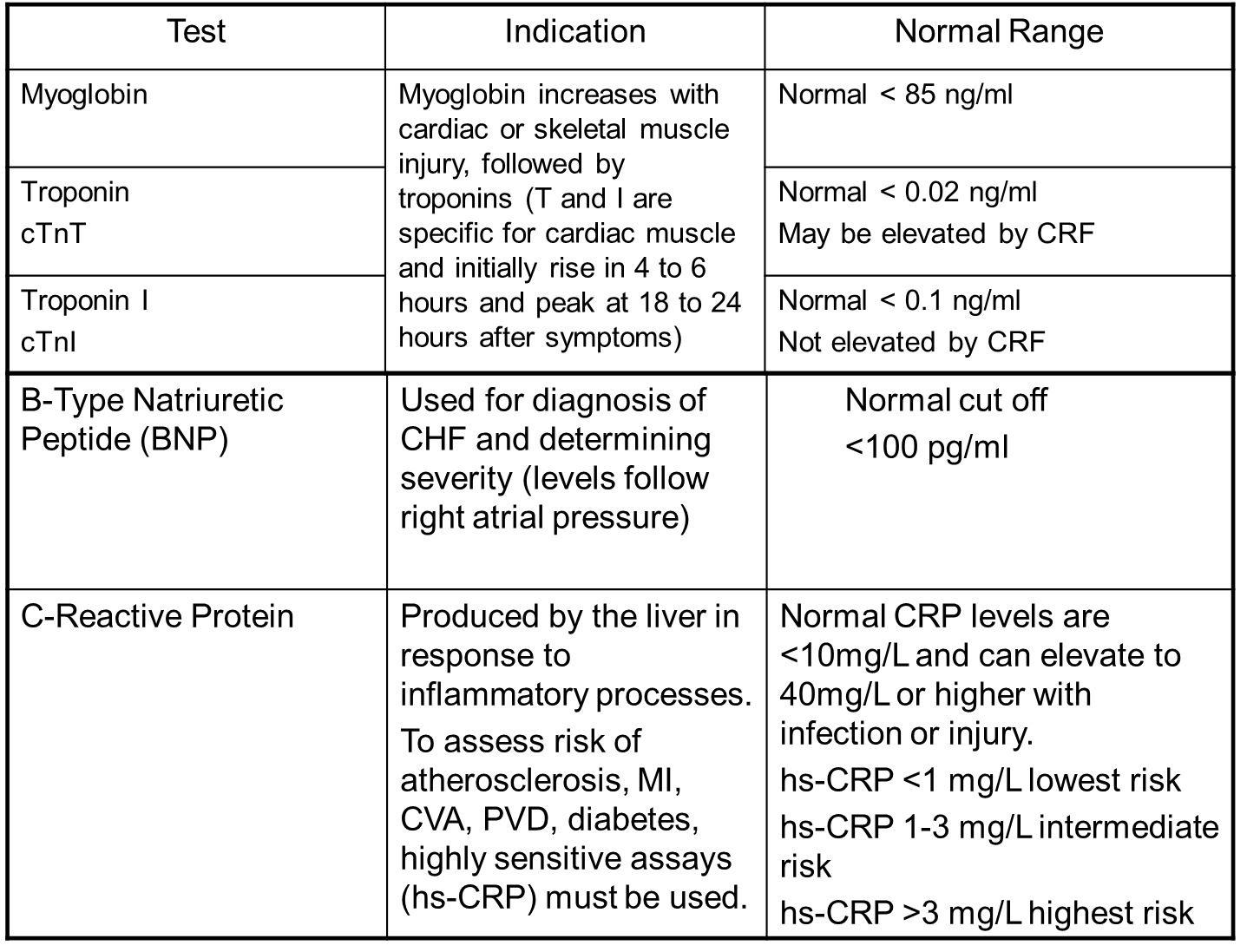 difficile?
difficile?
What do the symptoms of shortness of breath and yawning mean?
How to get rid of knots on the shoulder blade?
What are the signs of bipolar disorder in men?
Can You Survive If You Have Stage 4 Multiple Myeloma?
What is paleo?
What is the difference between a CT scan and a lumbar myelogram procedure?
How to use baking powder for teeth whitening?
How do you know if you need Adderall?
What is granulomatous lymphadenitis?
What are the symptoms of a blocked cervical artery?
What are the reasons for the increase in red blood cells in hematology?
Gamma-glutamyltransferase (GGT) – indications, norm, blood test
We are in touch: (056)744-46-83, (056)744-11-07, (068)205-93-94
RU / ENG / UA
The enzyme was first described by Hanes et al. in 1952 GGT is a microsomal enzyme involved in amino acid metabolism. Catalyzes the transfer of ?-glutamyl residue from ?-glutamyl peptide to an amino acid or peptide (external transpeptidation), as well as to another substrate molecule (internal transpeptidation). Normally, the specific activity of the enzyme is higher than in blood serum, 7000-7500 times in the kidneys, 600-650 times in the pancreas, 200-500 times in the liver.
in 1952 GGT is a microsomal enzyme involved in amino acid metabolism. Catalyzes the transfer of ?-glutamyl residue from ?-glutamyl peptide to an amino acid or peptide (external transpeptidation), as well as to another substrate molecule (internal transpeptidation). Normally, the specific activity of the enzyme is higher than in blood serum, 7000-7500 times in the kidneys, 600-650 times in the pancreas, 200-500 times in the liver.
Insignificant activity of the enzyme is also recorded in the spleen, intestines, brain, lungs, skeletal muscles, heart, prostate. The enzyme is found in lysosomes, membranes, and cytoplasm of the cell, and membrane localization of GGT is characteristic of cells with high secretory, excretory, or reabsorption capacity. In the blood plasma of newborns, the activity of gamma-glutamyltransferase is 8-10 times higher than in adults, and even more in preterm infants.
During 7-9 months of life, GGT activity in the blood decreases, remaining constant until puberty. The level of the enzyme is also influenced by gender differences. In adolescents from 13 to 17 years old and in adults, the reference values of gamma-glutamyl transpeptidase activity for women are 20-25% lower than for men.
The level of the enzyme is also influenced by gender differences. In adolescents from 13 to 17 years old and in adults, the reference values of gamma-glutamyl transpeptidase activity for women are 20-25% lower than for men.
Diagnosis of gamma-glutamyltransferase
Determination of GGT activity in blood serum has become of great importance for the diagnosis of diseases of the liver and hepatobiliary tract, and an increase in serum GGT values is a sensitive indicator in diseases of the hepatobiliary system (marker of cholestasis)
Serum GGT levels increase in all forms of liver disease. The highest activity of the enzyme in cases of obstructive liver damage (5-30 times higher than normal values). This is a more sensitive indicator of liver pathology than ALT and AST in the diagnosis of obstructive jaundice, cholangitis and cholecystitis. The increase in GGT in these cases is observed earlier and lasts longer than other liver enzymes. The activity of gamma-glutamyl tranpeptidases in infectious hepatitis is 2–5 times higher than normal (in these cases, the determination of GGT is less useful than ALT and AST).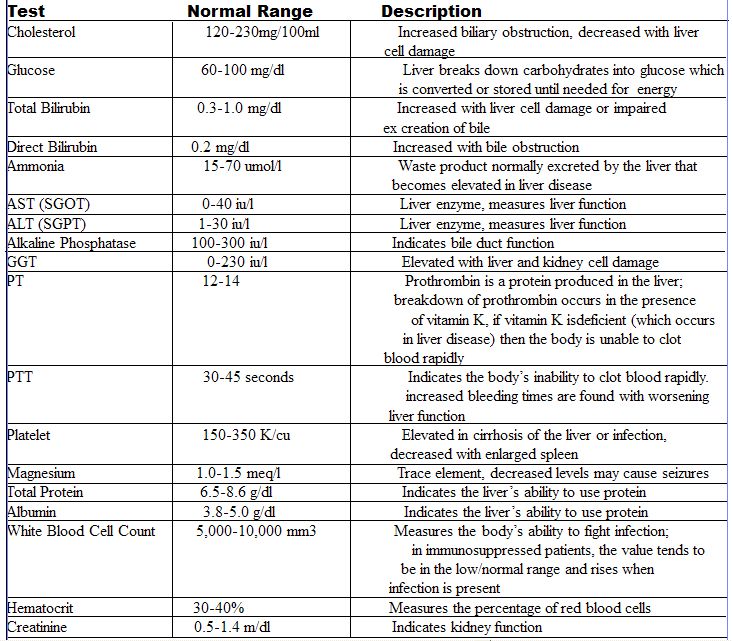 In almost 100% of cases in cancer patients with liver metastases (without jaundice and with jaundice), a very significant increase in enzyme activity (12 or more times higher than normal) was found. Moreover, changes in activity gamma-glutamyltransferases are observed earlier and are more pronounced than the activities of other enzymes. A slight increase in GGT (2-5 times) is observed in patients with fatty degeneration of the liver.
In almost 100% of cases in cancer patients with liver metastases (without jaundice and with jaundice), a very significant increase in enzyme activity (12 or more times higher than normal) was found. Moreover, changes in activity gamma-glutamyltransferases are observed earlier and are more pronounced than the activities of other enzymes. A slight increase in GGT (2-5 times) is observed in patients with fatty degeneration of the liver.
An increase in enzyme activity is caused by many substances, especially drugs that can induce microsomal oxidizing capacity, as well as any oxidative stress (including diabetic ketoacidosis). After stopping the administration of drugs, GGT activity gradually returns to normal. In patients suffering from acute or chronic pancreatitis, malignant diseases of the pancreas, GGT activity, as a rule, exceeds the norm by 5–15 times.
High GGT activity was noted in the blood of alcoholics. There are certain differences between the activity of GGT in the blood of alcoholics and people who have taken a significant dose of alcohol (in the latter, even after severe intoxication, an increase in activity is observed only for 12 hours and does not exceed 15% of the norm). Therefore, gamma-glutamyltransferase is used to monitor the effectiveness of the treatment of patients with alcoholism. The high specific activity of GGT in the prostate gland, so it can be used as a marker of malignant diseases of the prostate gland. The study of GGT activity in brain lesions has acquired great clinical and diagnostic significance.
Therefore, gamma-glutamyltransferase is used to monitor the effectiveness of the treatment of patients with alcoholism. The high specific activity of GGT in the prostate gland, so it can be used as a marker of malignant diseases of the prostate gland. The study of GGT activity in brain lesions has acquired great clinical and diagnostic significance.
Parallel determination of the activity of GGT and alkaline phosphatase (in cases of its increased activity) helps when it is necessary to decide whether their source is an altered bone metabolism or the presence of hepatobiliary disorders, because. in conditions in which alkaline phosphatase is elevated (in healthy pregnant women, in children older than 1 year, in cases of bone diseases), GGT is within normal limits.
Indications for Gamma-glutamyltransferase test
- Diagnosis and differential diagnosis of liver lesions
- Monitoring of the course of pancreatic, prostate, hepatoma cancer
- Screening for alcoholism, monitoring the treatment of people with chronic alcoholism
- Evaluation of hepatotoxicity of drugs
Examination
Examination preparation: fasting blood sampling
Examination material: blood serum, avoid hemolysis
Method of determination : kinetic (IFCC)
Units : U/l
Reference values (normal gamma-glutamyltransferase in blood)
| Norm of gamma-glutamyl transfer | |
|---|---|
| up to 6 months | < 204 U/l |
| 7-12 months | < 34 U/l |
| 1-3 years | < 18 U/l |
| 4-6 years old | < 23 U/l |
| 7-12 years old | < 17 U/l |
| men 13-17 years old | < 45 U/l |
| women 13-17 years old | < 33 U/l |
| men > 17 years old | < 55 U/l |
| women > 17 years old | < 38 U/l |
Increased gamma-glutamyl transpeptidase values
If you have high GGT, possible reasons for this may be:
- Intra- and extrahepatic cholestasis
- Acute viral hepatitis, toxic, radiation damage to the liver
- Chronic hepatitis
- Acute and chronic pancreatitis
- Alcohol-induced liver injury
- Infectious mononucleosis
- Hyperthyroidism
- Myotonic dystrophy
- Diabetes mellitus
- Kidney pathology (exacerbations of chronic glomerulo- and pyelonephritis)
- Cancer of the pancreas, prostate, hepatoma
- Taking medications (barbiturates, phenytoin, rifampicin, cephalosporins, estrogens, oral contraceptives, acetaminophen)
The cost of a blood test for the content of gamma-glutamyltransferase
A blood test for the content of gamma-glutamyltransferase costs 35 UAH. It is carried out within 1-2 days. The cost of taking material for research is paid separately (15 – 25 UAH).
It is carried out within 1-2 days. The cost of taking material for research is paid separately (15 – 25 UAH).
You can get full information about the service from our laboratory assistant.
Medical equipment of our laboratory.
Consultation of a laboratory doctor
Reviews
Currently I am a resident of the Crimea, I learned about the unique methods of treatment in the Clinic, I came here with problematic… !
I came to the CDC with pain in the joints, severe varicose veins, complaints about the work of the stomach.
After…
It so happened that I was already falling off my feet. I had problems with the thyroid gland, my bones hurt a lot,…
I have been sick for a long time. The joints are very sore, the thyroid gland is worried. The joints hurt both under load and in the state…
I worked as a teacher at the medical academy for 35 years, I suffer from rheumatoid arthritis for more than 10 years.. ..
..
I ended up in a clinic with pancreatic problems. Having passed the diagnostics and the course of treatment, I was satisfied and …
I want to express my heartfelt gratitude to Yuri Nikolaevich Kulikovich for the creation of such a clinic, for the good …
We have come from far away, and we are very touched by the care and attention that surrounded us in the Clinic. Thank you very much…
Complaints about the musculoskeletal system forced me to go to the clinic, my knees and hips hurt… gratitude to the whole team of the Kulikovich Clinic for the assistance rendered to me in the treatment, in…
The first thing that impressed me was the fashionableness, but this is a shell. The most important thing is that during the treatment I…
I am very grateful to the people who work here for the kindness and warmth that they radiate, for the attitude that…
17 years of work experience. I work in the Central District Hospital of Verkhnedneprovsk.

